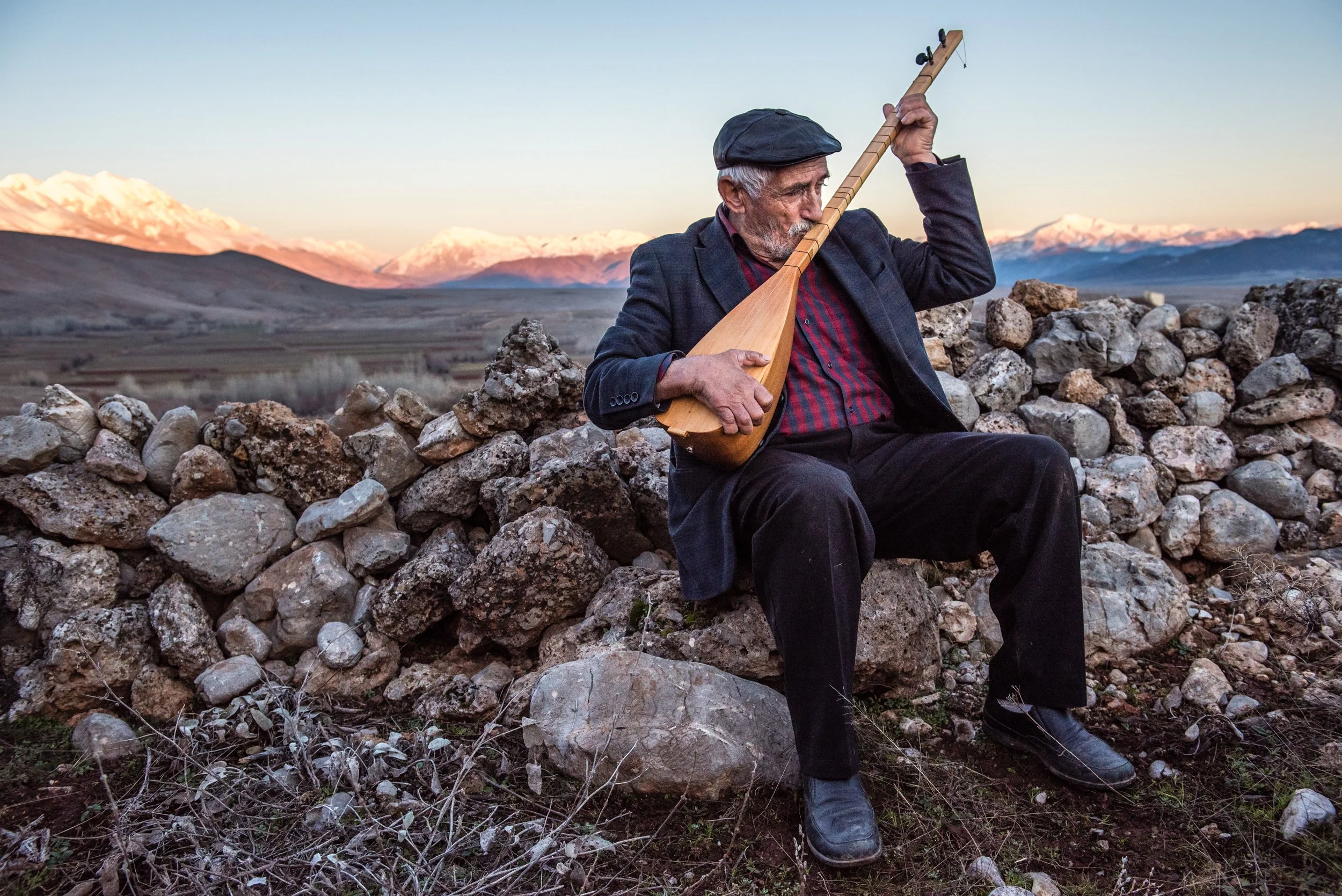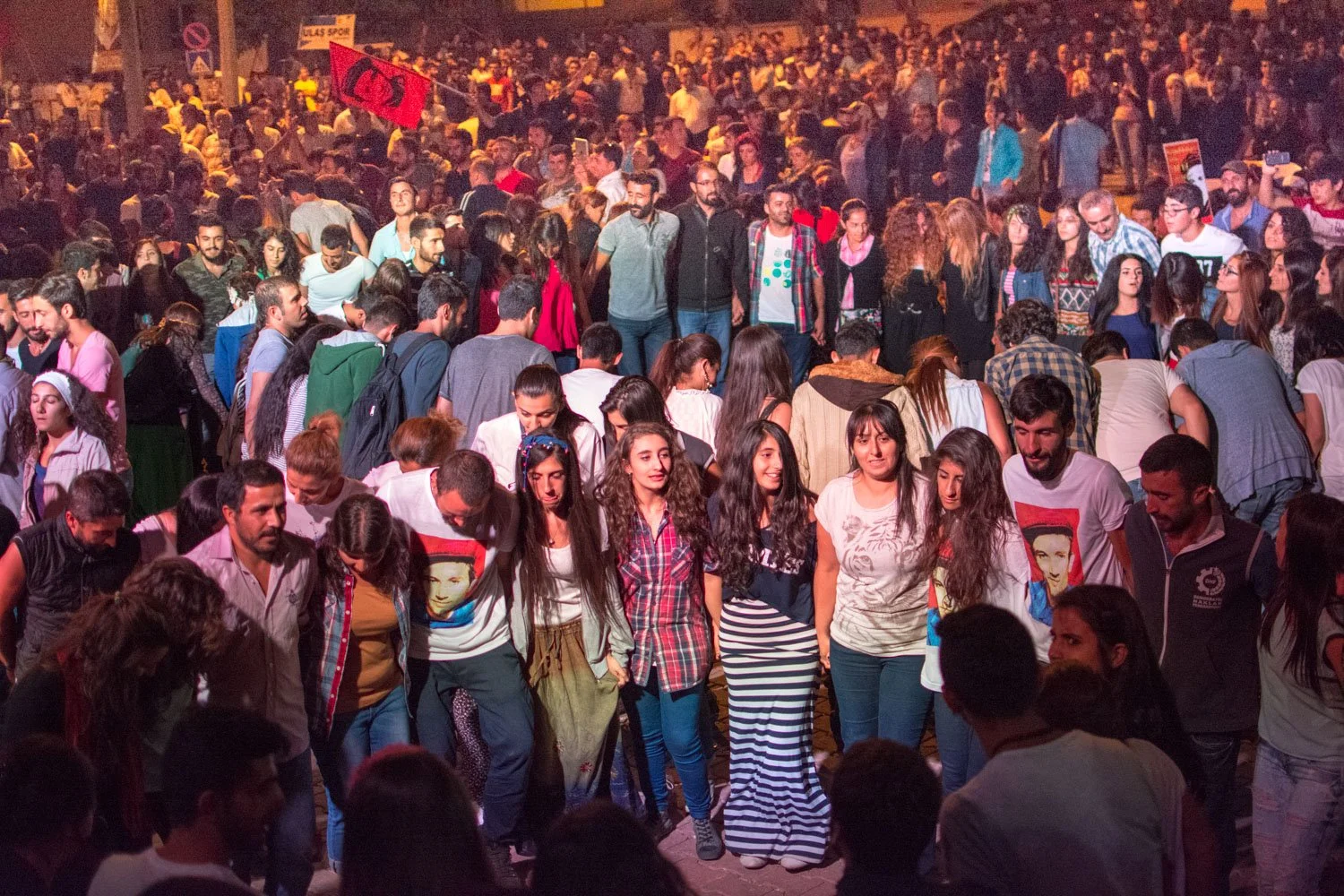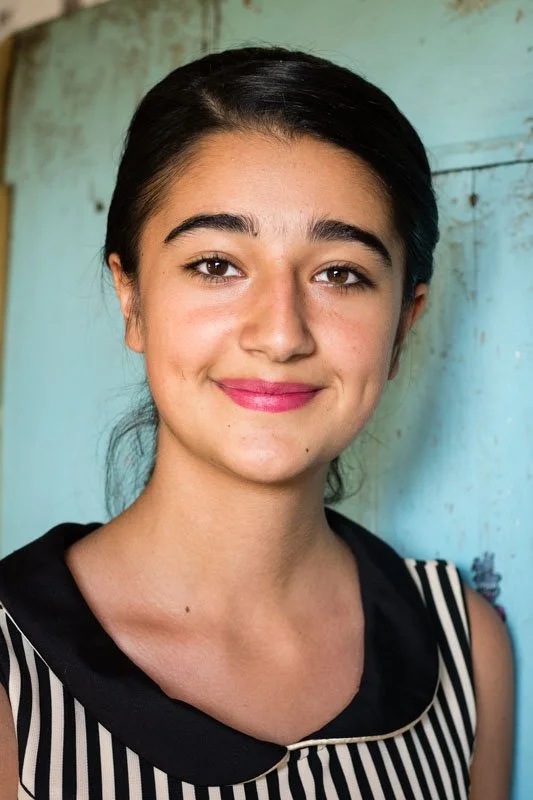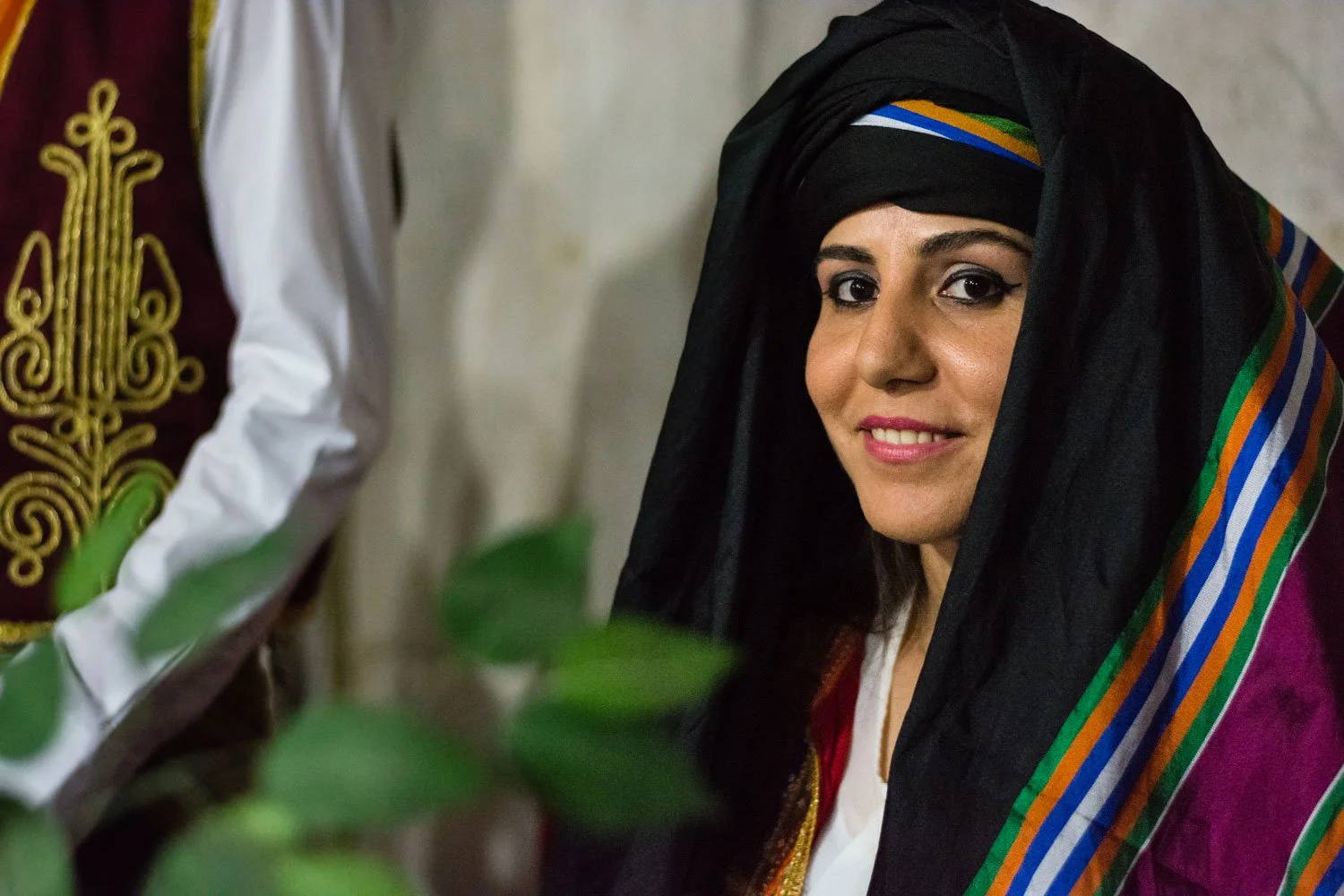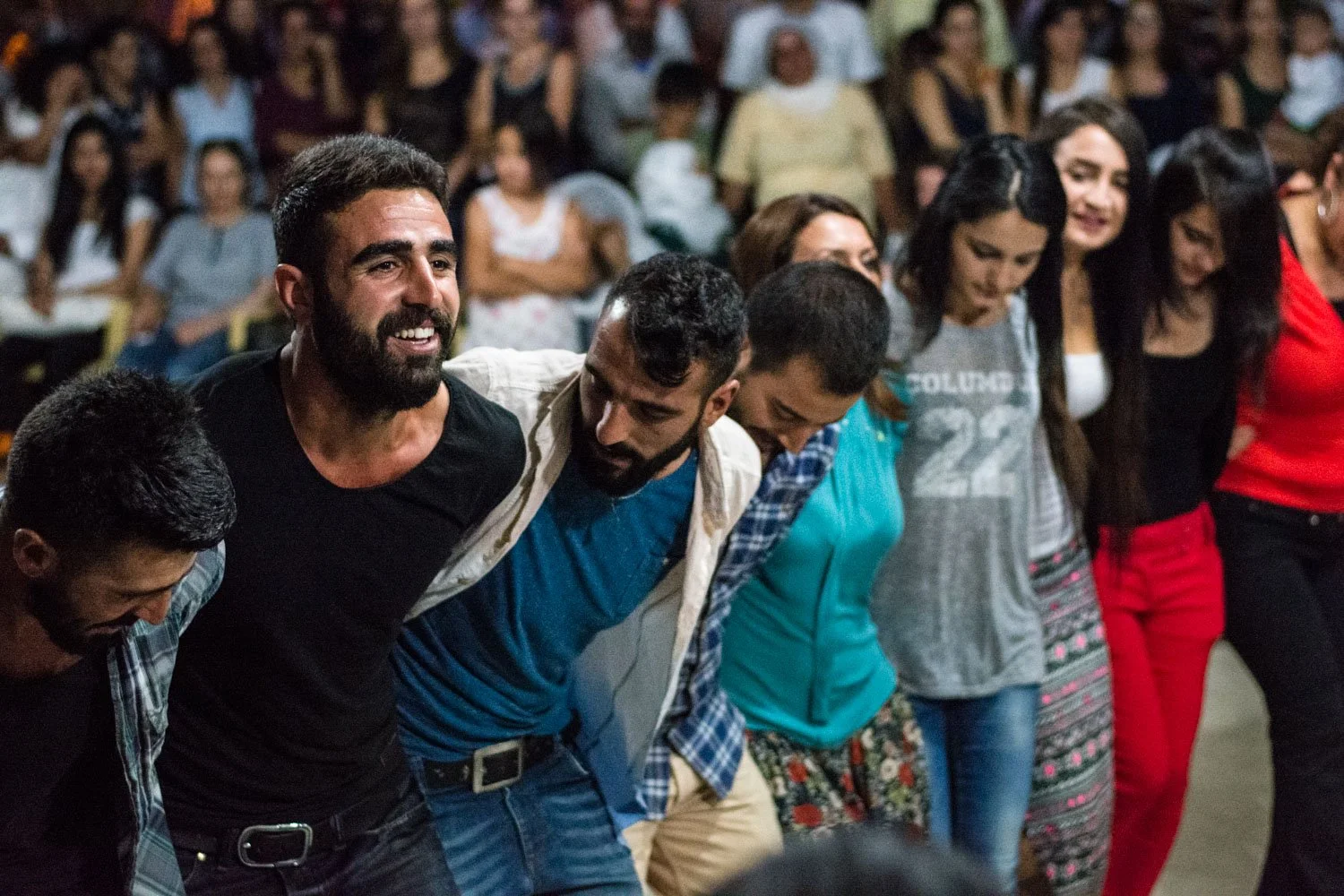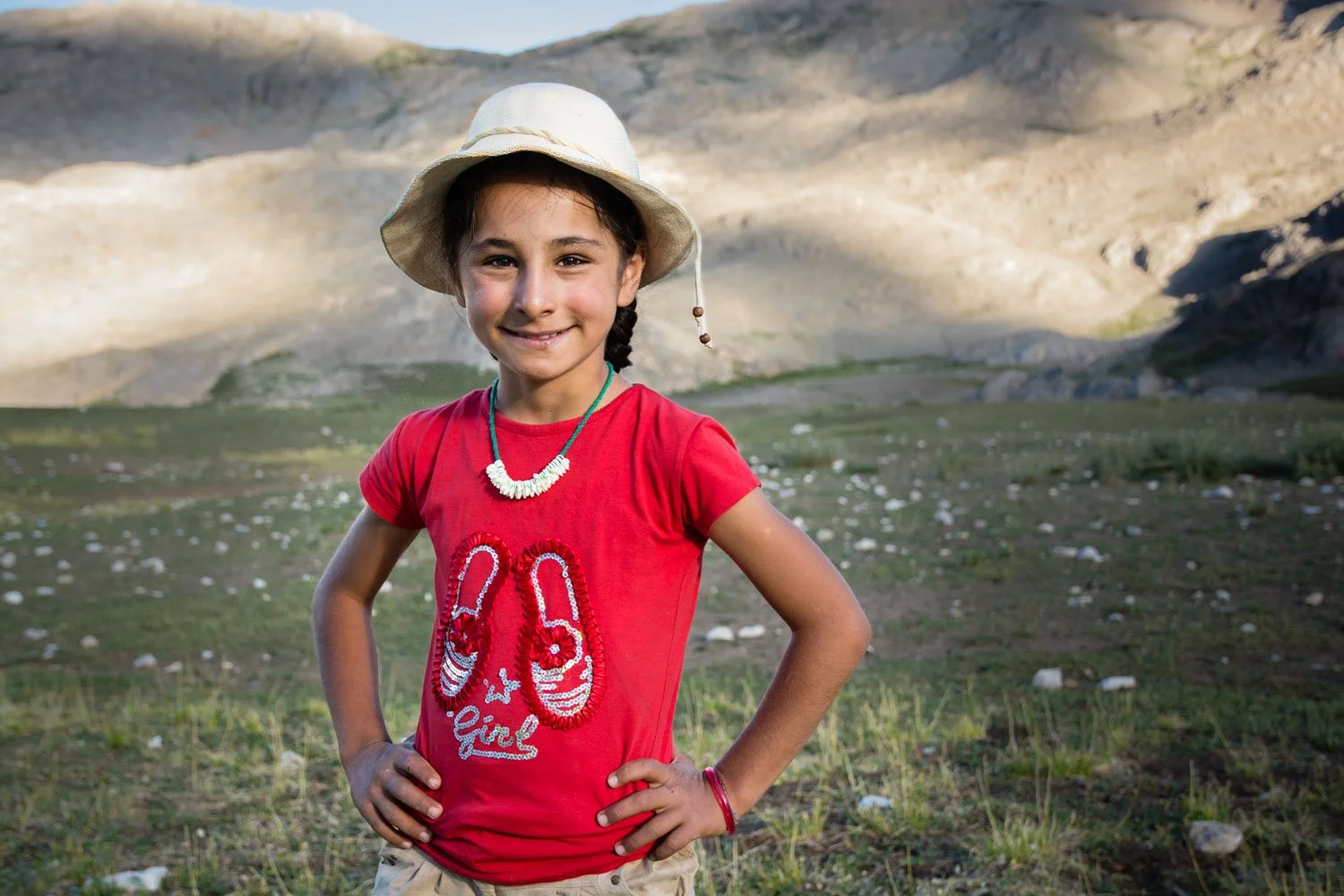
Today & Tomorrow
Life in Munzur is a reflection of the seasons. In winter, the pulse slows, the energy ebbs, and a state of partial hibernation seems to settle over the valley. Not only does the livestock remain indoors while fields and pastures lay dormant beneath the snow – these days, some villages become virtual ghost towns, with frigid winds gusting along empty lanes between homes more vacant than inhabited. Even Ovacik and Tunceli, the busiest places in the valley, slip into mellow, muted moods.
During summer, however, Munzur bursts with vitality. Snow melts, grasses grow, and flowers bloom. Towns and villages alike surge with activity, filled with people working, playing, and reuniting, sometimes after months apart. Ovacik and Tunceli, in particular, are abuzz with buying and selling, eating and drinking, coming and going, and the happy noise of celebrations.
The picture above shows the streets of Ovacik thronged with people during the 2014 Munzur Culture and Nature Festival. Many - probably most - of the people you see don't live in Munzur year-round. Some belong to families that scattered around Turkey and Europe following the tragedies of 1937-38 and 1994; some are students who attend universities in Ankara, Istanbul, and other far-away cities; some left the region for greater career opportunities. But in summer, they return to Munzur, because it remains so important to them.
This young woman lives in Istanbul with her parents for most of the year. But her family always goes back to spend part of the summer on a hill overlooking the Munzur River, in the house of mud, rocks, and wood in which her grandmother lives all year. In this picture, she's dressed up for the wedding of a relative, who also lives elsewhere most months - but who has returned to the valley to get married, as many people who have roots there choose to do, for several reasons.
Couples that marry in Munzur can easily incorporate a visit to the springs at the river's source into their wedding festivities, blessing their union at their religion's holiest site.
They also feel free to have a traditional Kurdish Alevi wedding ceremony, if they want one, which may involve parading a fully-veiled bride around on a horse, as townspeople come out to watch, join in, and follow along.
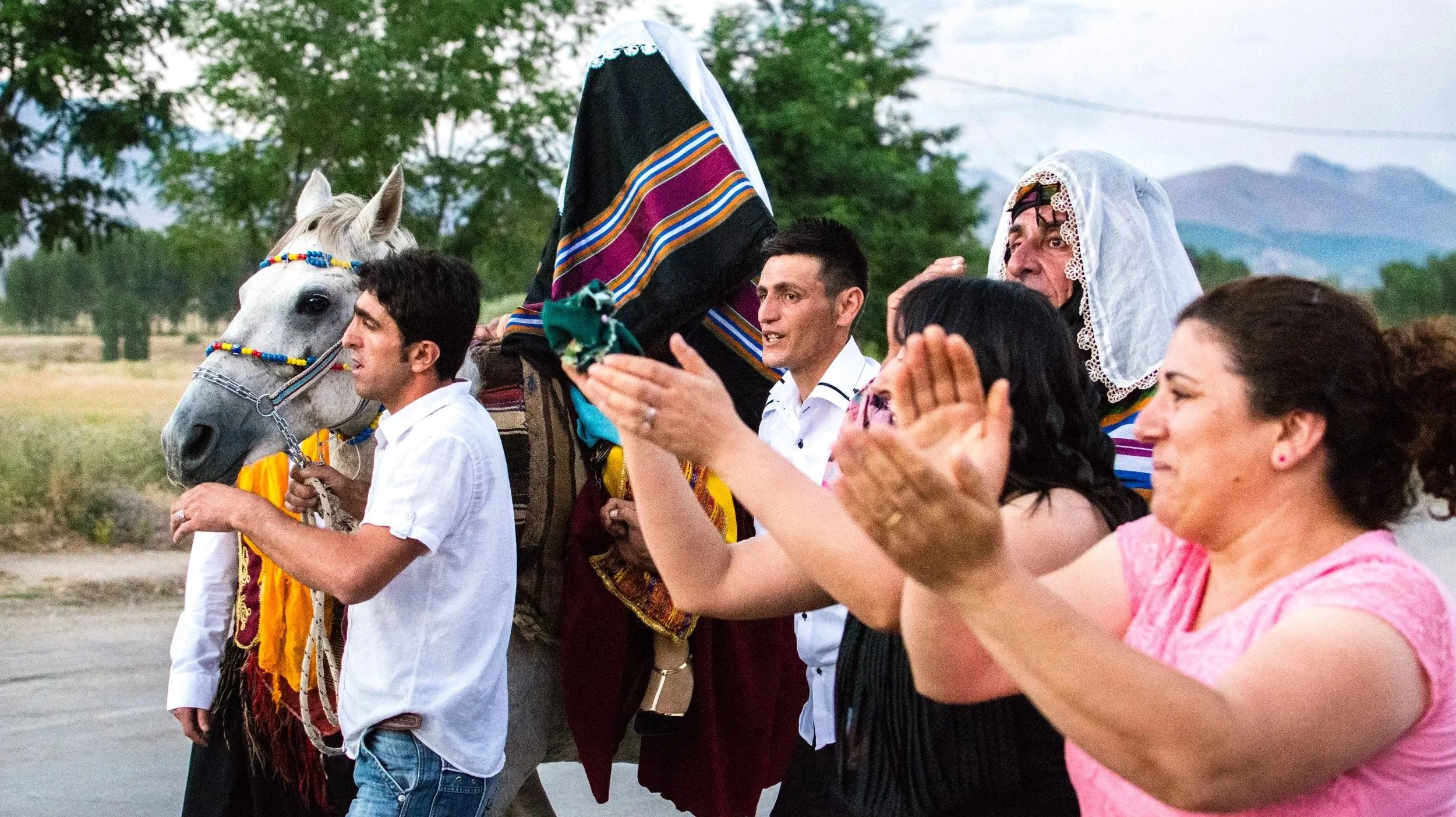


The face under the veil
A bride in a different kind of traditional dress.
Perhaps most importantly, Alevis from Munzur like to get married in Munzur, in the summertime, because they know that that's where their friends and family will be, regardless of whether they live most of the year in Ovacik, Izmir, or Berlin.
Ceyda Kıluçer (above) lives in Istanbul for most of the year, but she and her parents go to Munzur every summer, where they help her mother's sister with the herd of sheep that she brings up to the high mountains. For a couple of months, Ceyda spends her days with the animals in the alpine meadows and her nights sleeping in a white, cone-shaped tent. Her family does this in part because they truly enjoy it but also because, as Ceyda's father, Ergül, says, "It's really important for her to have a personal connection with nature, as an Alevi and as a human being, and she's never going to get that in Istanbul."
Even with all of the displacement that drove Alevi Kurds away from Dersim; even though those who left, whether by force or by choice, have established lives in other parts of the country and around the world - some for more than one generation; Munzur remains a vital touchstone for them.
As the age-old form of seasonal migration - taking sheep and goats to the mountains - is on the decline, another kind of migration has evolved in its place: the seasonal, spiritual migration back to the Munzur Valley, from wherever those with roots there have spread.
Ergül Kıluçer, in the Munzur Mountains.
The Alevis have a very important saying that's a bit enigmatic: "The heart can be broken, but not the path." There has been a substantial amount of heartbreak in Munzur over the years, but something about this place and the very fact that they have it has helped keep the path intact. That path runs through the Munzur Valley - it's that important to the religion, to the culture, and to just about anyone whose family has ever called it home.
